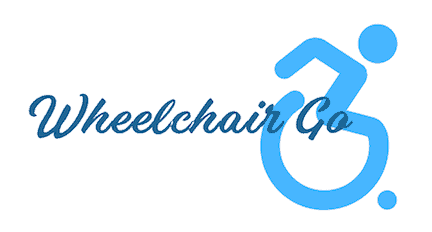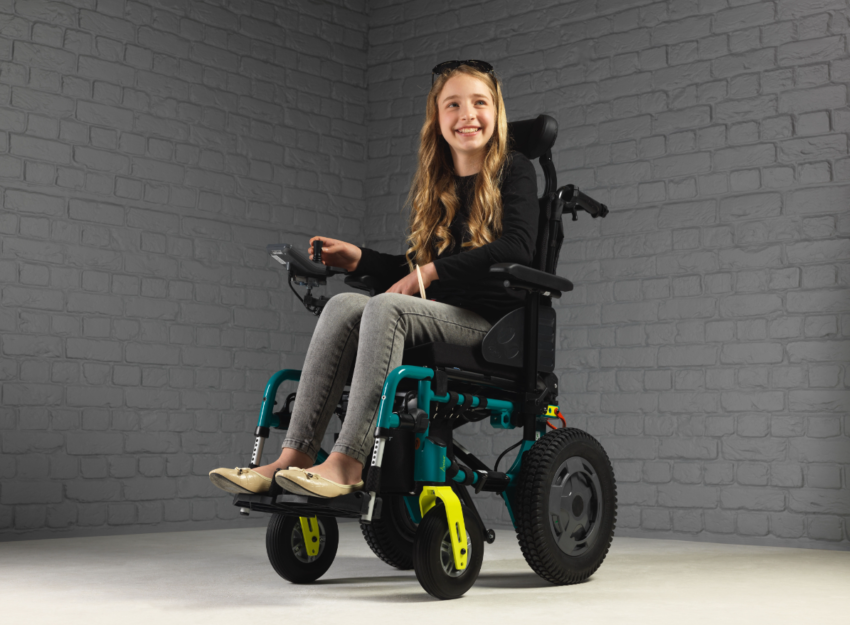“My son, Ethan, was born with cerebral palsy, and watching him struggle to keep up with other kids on the playground broke my heart. We tried everything – walkers, manual wheelchairs – but nothing truly gave him the freedom he craved. Then, we discovered the world of pediatric electric wheelchairs, and it was like a lightbulb went on. Suddenly, Ethan wasn’t just ‘the kid with the disability’; he was Ethan, racing his friends, exploring the park, and finally, experiencing the joy of independent movement.
Choosing the right childrens electric wheelchair can be transformative for a child with mobility needs, impacting everything from their physical development and sense of self to their overall quality of life. This article will provide parents with a comprehensive guide to navigating this often-complex process, covering the essential factors to consider when selecting a children’s electric wheelchair, including safety, comfort, customization, and ensuring the perfect fit for their child’s unique needs.”
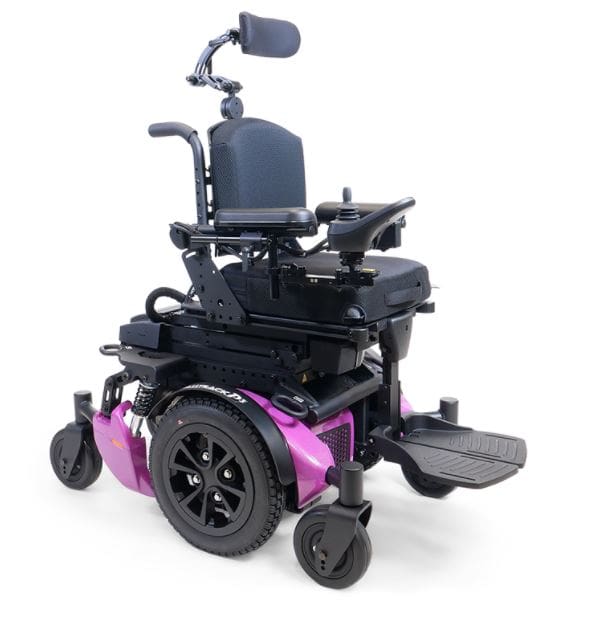
Understanding Your Child’s Needs
Choosing the right pediatric power wheelchair is a deeply personal decision, and it starts with thoroughly understanding your child’s individual needs. A child-sized electric wheelchair isn’t a one-size-fits-all solution; it’s a piece of medical equipment that should be tailored to their specific mobility requirements, medical conditions, and lifestyle. This section will guide you through the key considerations for assessing your child’s needs to ensure you select the best electric wheelchair for kids.
Assess Mobility Levels:
Children experience a wide range of mobility impairments, and these differences directly influence their wheelchair requirements. Some children may require full-time support, while others might use a power wheelchair for longer distances or specific activities. Consider your child’s current mobility level, including their ability to transfer, weight-bearing capacity, and overall strength and endurance. It’s also vital to think about their future mobility goals. Will their needs likely change as they grow? Choosing a pediatric mobility equipment solution that can adapt is crucial.
Consider Medical Conditions:
Specific medical conditions, like cerebral palsy, muscular dystrophy, or spina bifida, can significantly impact a child’s wheelchair needs. For example, a child with cerebral palsy might require specialized seating to manage posture and prevent pressure sores, while a child with muscular dystrophy might need a wheelchair with additional power and support for respiratory function. Consulting with your child’s pediatrician, physical therapist, and occupational therapist is essential. These medical professionals can provide invaluable guidance, helping you understand how your child’s specific condition influences their needs and recommend appropriate features and customizations.
Lifestyle and Activity Level:
A child’s lifestyle and activity level are just as important as their physical needs when choosing a kids electric wheelchair. Consider their daily routines, hobbies, and the environments where they’ll be using the wheelchair. Do they spend most of their time indoors at home or school? Are they active and involved in outdoor activities? A child who enjoys exploring parks and trails will need a different type of power wheelchair than a child who primarily uses it indoors.
Choosing a wheelchair that supports your child’s active lifestyle and allows them to participate fully in their desired activities is paramount for their overall well-being and development. Think about whether you need a more rugged, outdoor-friendly option or something more maneuverable for indoor use.
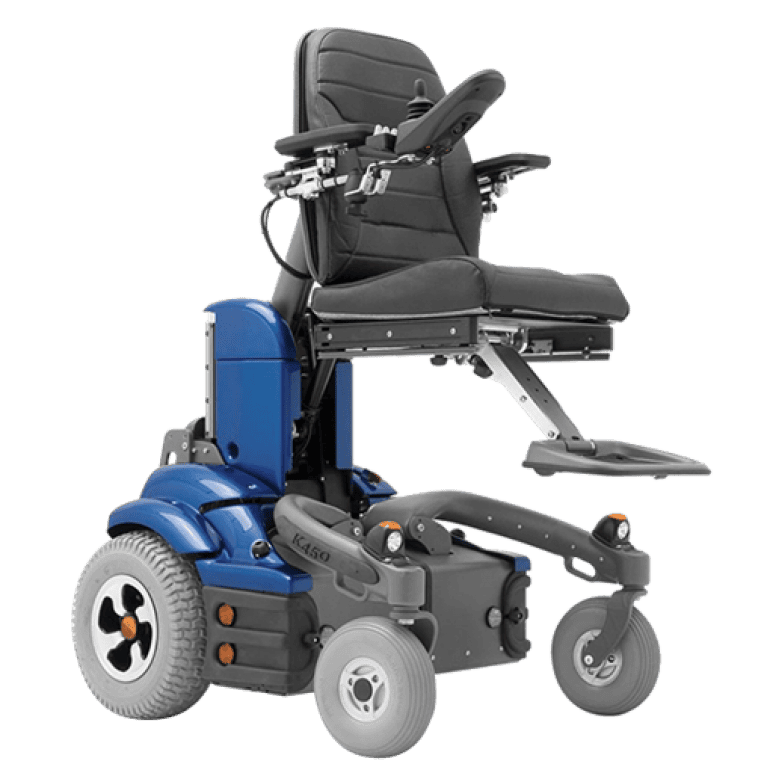
Key Features to Consider When Choosing a Childrens Electric Wheelchair
Selecting a pediatric power wheelchair involves careful consideration of several key features to ensure your child’s safety, comfort, and independence. From maneuverability to customization, each element plays a vital role in maximizing the benefits of this essential piece of pediatric mobility equipment. This section will break down the most important aspects to keep in mind when exploring child-sized electric wheelchairs.
Safety First:
Safety is paramount when choosing a power wheelchair for children with disabilities. Look for essential safety features like anti-tip wheels, which prevent the wheelchair from tipping over, especially on inclines or uneven surfaces. A secure seat belt or harness is crucial to keep your child safely positioned in the chair. Modern kids electric wheelchairs often include electronic safety systems, such as speed limiters and programmable controls, allowing parents to customize the wheelchair’s performance based on their child’s abilities and the environment.
Maneuverability and Stability:
A child-sized electric wheelchair needs to be easy to maneuver, especially in tight spaces like hallways or classrooms. Consider the turning radius and the type of drive wheels (front, mid, or rear-wheel drive), as these factors significantly impact maneuverability. Stability is equally important, ensuring the wheelchair remains balanced and secure, even on uneven terrain. A stable base and appropriate wheel configuration contribute to a smooth and safe ride.
Comfort and Support:
Comfort plays a significant role in your child’s experience with their pediatric power wheelchair. Proper seating and positioning are essential for preventing pressure sores and ensuring good posture. Look for adjustable seating systems that can be customized to your child’s specific needs. Features like contoured cushions, adjustable backrests, and tilt-in-space options can enhance comfort and support.
Suspension and Shock Absorption:
For a smoother ride, especially outdoors, consider features like suspension and shock absorption. These features minimize vibrations and bumps, making the ride more comfortable and less jarring for your child. This is particularly important for children with certain medical conditions or those who spend a significant amount of time in their wheelchair.
Customization and Adjustability:
Children grow quickly, so choosing a wheelchair with adjustable features is crucial. Look for features like adjustable seat depth, armrests, and footrests to accommodate your child’s growth and changing needs. Beyond adjustability, explore available customization options. Many manufacturers offer a range of colors, accessories, and control options, allowing you to personalize the wheelchair to reflect your child’s personality and preferences. This can help your child feel more ownership and pride in their pediatric mobility equipment.
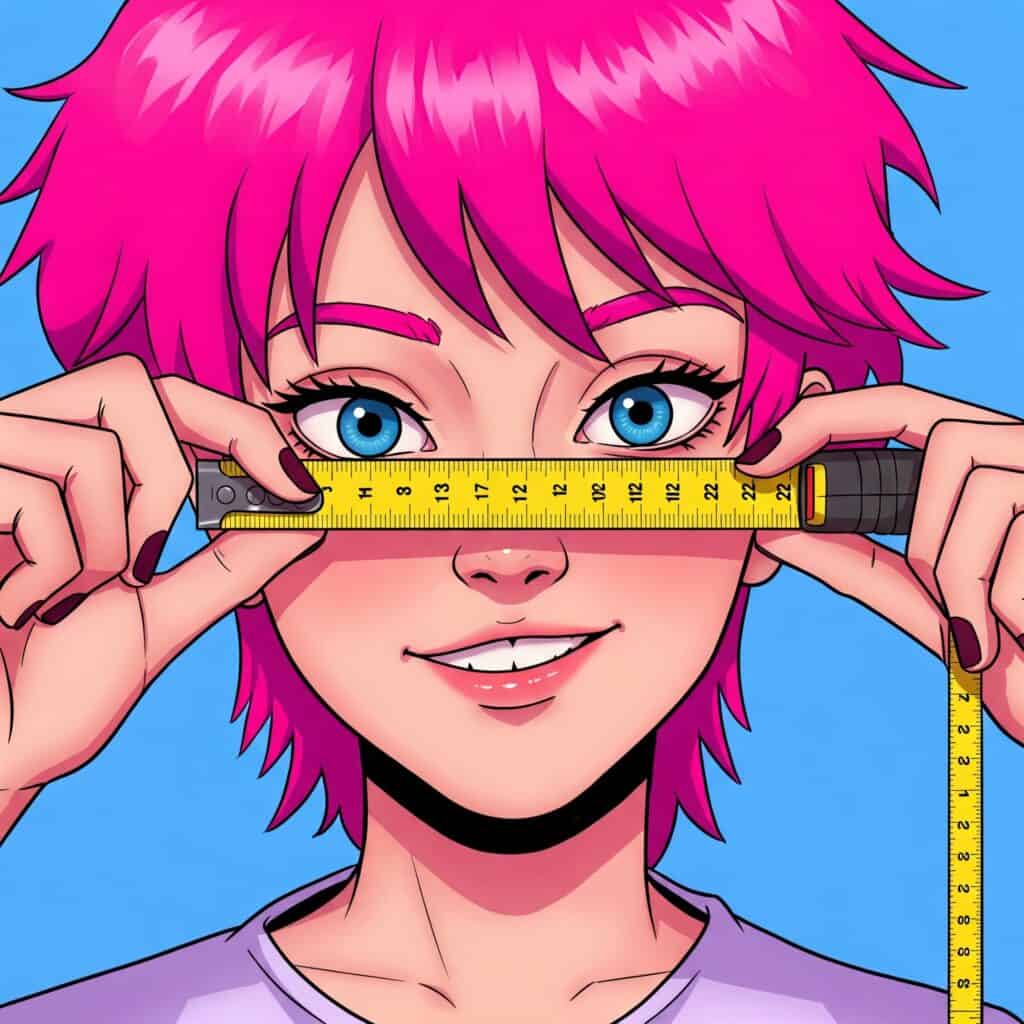
Finding the Right Fit for Your Child’s Electric Wheelchair
Choosing a pediatric power wheelchair is a significant decision, and ensuring the right fit is paramount for your child’s comfort, safety, and overall well-being. It’s not just about the size; it’s about finding a chair that supports their specific needs and allows them to thrive. This section will guide you through the crucial steps of finding the perfect match.
Trial Period: A trial period is essential. Think of it as test-driving a car. You wouldn’t buy a car without taking it for a spin, and the same principle applies to a child-sized electric wheelchair. This allows your child to experience the wheelchair in various environments and situations, ensuring it meets their needs and is comfortable to use. It also gives you a chance to assess maneuverability within your home and other frequently visited locations. Don’t hesitate to ask potential suppliers about their trial period policies.
Professional Evaluation: Working with a team of professionals is key. A qualified wheelchair specialist or therapist can conduct a thorough evaluation of your child’s physical abilities, needs, and goals. They can assess posture, muscle strength, range of motion, and other critical factors to recommend the most appropriate type of pediatric mobility equipment. This assessment is invaluable in determining the right size, features, and adjustments for the wheelchair. They can also help you understand the long-term implications of your choices and how they might affect your child’s development.
Finding a Reliable Supplier: Research is vital when choosing a supplier for kids electric wheelchairs. Look for reputable dealers and manufacturers specializing in pediatric mobility equipment. Ask about their experience with children’s electric wheelchairs, their range of products, and their after-sales service. A good supplier will not only sell you a wheelchair but also provide ongoing support, maintenance, and repairs. They should be able to answer your questions about pediatric power wheelchairs and help you navigate insurance or funding options. Don’t be afraid to ask for referrals or check online reviews to find a supplier you can trust.
Maintaining Your Child’s Electric Wheelchair
A children’s electric wheelchair is a significant investment in your child’s independence, and proper maintenance is crucial to ensure its longevity, safety, and optimal performance. Just like a car, regular upkeep will prevent costly repairs down the road and keep your child moving freely and confidently. This section will cover the essential aspects of maintaining your child’s pediatric power wheelchair, from routine cleaning to battery care and safety inspections.
Regular Maintenance: Keeping the wheelchair clean is the first step in regular maintenance. Wipe down the frame, wheels, and seating surfaces regularly with a damp cloth and mild soap. Avoid using harsh chemicals or abrasive cleaners, as these can damage the finish and upholstery. Pay special attention to areas that accumulate dirt and grime, such as around the wheels and casters. Periodically check your child’s wheelchair for loose bolts, screws, and other hardware, tightening them as needed. This simple step can prevent more serious problems later on.
Battery Care: The battery is the heart of your child’s electric wheelchair, and proper care is essential for reliable performance. Always follow the wheelchair manufacturer’s instructions for charging and storing your child’s wheelchair battery. Generally, this involves charging the battery fully after each use and avoiding completely draining it. When not in use for extended periods, store the battery in a cool, dry place and check the charge level periodically. Proper battery care will maximize its lifespan and ensure your child’s power wheelchair is always ready to go.
Safety Inspections: Regular safety inspections are paramount for ensuring your child’s well-being. Periodically inspect the tires for wear and tear, checking for cuts, punctures, or bald spots. Ensure that the brakes are functioning correctly and that all safety features, such as seat belts and anti-tip wheels, are in good working order. Check the wiring for any signs of damage or fraying. If you notice any issues, consult with a qualified wheelchair technician or your pediatric mobility equipment supplier for prompt repairs. Regular safety inspections are a proactive way to prevent accidents and keep your child safe while using their kids electric wheelchair.
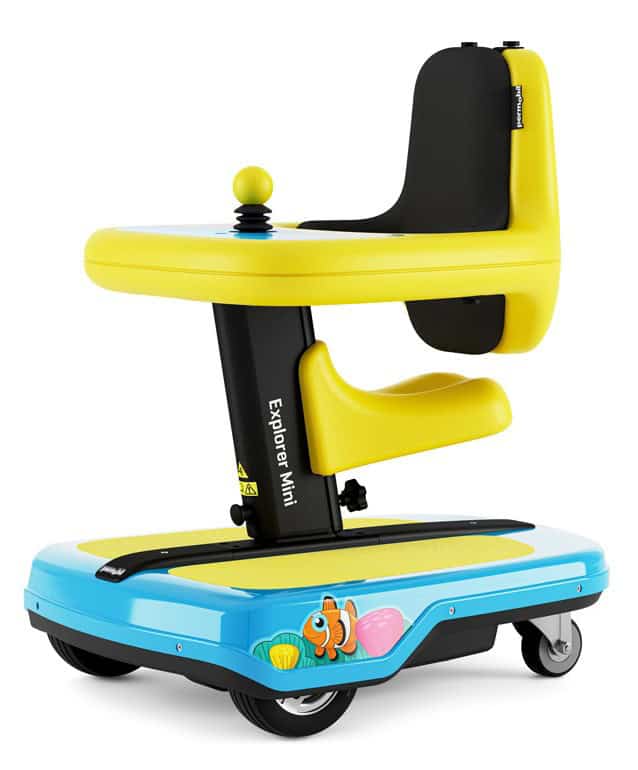
Some Final Thoughts…
Choosing the right children’s electric wheelchair is a pivotal decision that can significantly impact a child’s life, fostering independence, boosting self-confidence, and opening up a world of possibilities. By carefully considering your child’s unique needs, prioritizing safety and comfort, exploring customization options, and ensuring a proper fit, you can empower them to navigate their world with greater ease and joy.
Remember, regular maintenance and safety inspections are crucial for maximizing the lifespan of the equipment and ensuring your child’s continued safety. We encourage you to actively advocate for your child’s needs, collaborate closely with medical professionals and reputable suppliers of pediatric mobility equipment, and connect with other families for support and shared experiences. Ultimately, the best electric wheelchair is the one that seamlessly integrates into your child’s life, allowing them to thrive and embrace their full potential. Don’t hesitate to ask questions, explore different options, and trust your instincts – you are your child’s best advocate.

Some Other Questions that People Also Ask
- How much does a child’s electric wheelchair cost? The cost of a childrens electric wheelchair can vary significantly, typically ranging from a few thousand dollars to upwards of $10,000 or more. The cost of pediatric power wheelchairs can vary significantly depending on the make, model, features, and customization options. It’s best to consult with a medical equipment supplier or your insurance provider for specific pricing information.
- Do I need a prescription for a children’s electric wheelchair? In many cases, a prescription from a doctor or therapist is required to obtain a children’s electric wheelchair, especially if you plan to seek insurance coverage or funding assistance.
- What are the benefits of an electric wheelchair for children? Electric wheelchairs can offer children with mobility impairments increased independence, improved physical development, enhanced social interaction, and greater access to educational and recreational opportunities.
- How can I get financial assistance for a children’s electric wheelchair? Several avenues for financial assistance may be available, including private health insurance, government programs, charitable organizations, and fundraising efforts. It’s crucial to explore all available options and consult with your healthcare team and a financial advisor.
- What are the best brands of childrens electric wheelchairs? Several reputable manufacturers specialize in pediatric electric wheelchairs. Researching different brands and models is essential to find the best fit for your child’s needs. Consult with a wheelchair specialist for personalized recommendations.
- How do I choose the right size wheelchair for my child? Proper sizing is crucial for safety, comfort, safety, and optimal performance. A qualified wheelchair specialist or therapist can conduct a thorough assessment and recommend the appropriate size and adjustments for your child.
- How do I teach my child to use an electric wheelchair? Learning to use an electric wheelchair takes time and patience. Start in a safe, open environment and gradually introduce more challenging situations. Work closely with a therapist or specialist to develop a training plan that meets your child’s individual needs.
